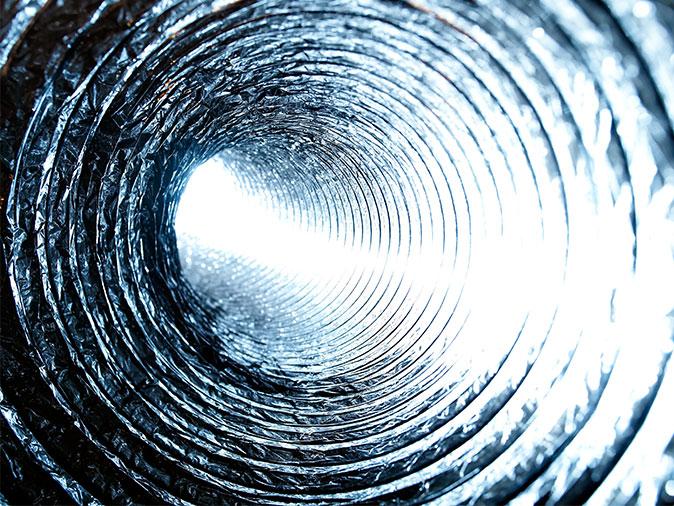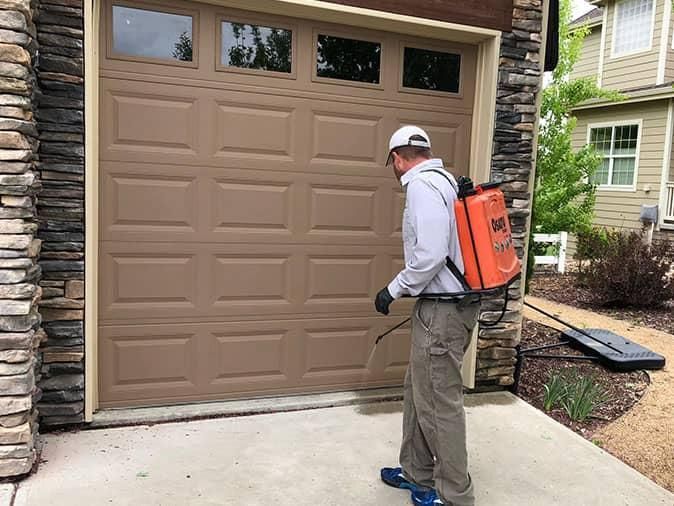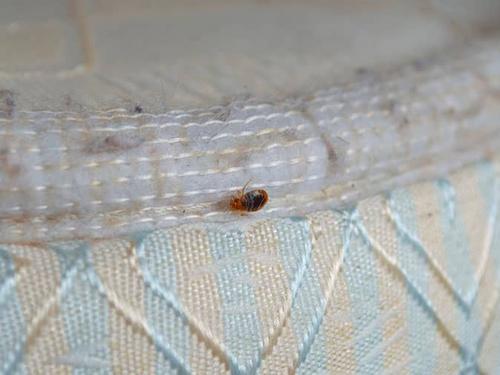4 Signs You Have Mice In Your Ductwork
Here’s the thing about mice- they’re annoying. Worse, they’re destructive. And another thing, they find ways into homes that most property owners wouldn’t think of and nest in what seems like the most random of places. One of the most surprising places they can hide? Your ductwork. That’s right: your heating and ventilation system may be more than just a pathway for warm or cool air; it could also be a cozy travel route (and nesting spot) for mice.
A rodent infestation in ductwork isn’t just gross; it can affect indoor air quality, trigger allergies, and even damage your HVAC system. Here’s what every Colorado homeowner should know about spotting and stopping these uninvited guests.

What Exactly is Ductwork?
Your ductwork is the network of metal or flexible tubes that distributes air from your HVAC system or furnace to every room in your home. When ductwork is in good shape, it keeps your home comfortable and efficient. But when mice or other pests invade, it can become a hub for rodent droppings, urine, and other contaminants. As air circulates, those particles spread throughout your living space, creating a potential rodent problem you don’t want to ignore.
4 Signs of a Potential Mouse Issue in Your Ductwork
Strange Noises, Especially At Night
If you hear scratching or squeaking from your vents at night, don’t shrug it off. Mice are most active after dark, and your ductwork is like a highway for them. That little gnawing or rustling? It’s a pretty good clue that a rodent has made itself at home in your ventilation system.
Unpleasant odors
When mice die in a home’s ductwork, an unpleasant odor usually accompanies it. Unfortunately, that nasty smell will exit vents along with the air that keeps the house comfortable. Side note: if there are dead mice in the ductwork, it’s highly likely that insects, including flies, moths, and beetles, will appear near vents.
Allergy or Asthma Flare-Ups
Rodents bring more than noise and mess; they can affect the air you breathe. Their droppings, urine, and nesting materials can trigger allergies or make asthma worse. If members of your household start sneezing or coughing more than usual, it could be a sign of a hidden rodent problem in your ductwork.
Visible Damage to Ductwork
Mice love to chew, everything from cardboard to wires, and yes, even ductwork. If you notice small holes, tears, or other wear in your ducts, rodents might be the cause. Beyond the damage, holes in your ductwork can make your heating or cooling system less efficient, which could lead to higher energy bills
Other Pests in Ductwork
Mice aren’t the only pests that can invade ductwork; rats, cockroaches, and other insects can also infiltrate your ventilation system. Each of these pests poses risks to your home's health and comfort.
How to Prevent Mice from Entering Your Ductwork
Keeping rodents out of your ducts starts with eliminating access points. Here are a few way you can protect your home:
- Seal every potential entry point: Check around the foundation, roofline, and any openings around vents. Mice can exploit even small gaps.
- Keep the area around ducts clear: Remove clutter and debris that can provide cover for rodents.
- Maintain your HVAC system: Regular professional maintenance can help you spot weak points in your ventilation system before they become entryways for rodents.
- Store food properly: Rodents are attracted to crumbs, pet food, and improperly stored pantry items.
What to Do if You Suspect A Rodent Infestation
If you notice any signs of a mouse or other rodent problem in or around your ductwork, it’s important to act quickly. Contact a professional pest control company like EnviroPest. Here’s what we do for homeowners in Colorado Springs, Denver, Boulder, and Northern Colorado:
- Thorough Inspection: We identify active pests, locate hiding spots, and conditions attracting them.
- Treatment and Prevention: We eliminate existing rodents and seal potential entry points to ensure mice and other pests can’t get inside.
- Ongoing Protection: Homeowners who enroll in our Colorado’s Choice Smart Service receive seasonal visits to ensure rodents and other pests don’t return.
FAQs About Mice in Ductwork
Can one mouse really cause a problem in my ductwork?
Yes! Even a single mouse can lead to droppings, urine, and the attraction of other pests. Mice reproduce quickly, so acting fast is key.
How do I know if the smell is from a dead mouse or something else?
A dead rodent is likely in your ductwork if the odor is localized near vents and accompanied by increased insect activity.
Can I handle this myself?
DIY traps and sprays are usually not enough. Ductwork is hard to access, and incomplete solutions often worsen the problem. Professional treatment ensures all rodents are removed and entry points are sealed.
Contact EnviroPest for Assistance!
By being proactive and knowing the signs of a potential rodent issue in your ductwork, you can protect your home, your family’s health, and your HVAC system. Don’t wait until the problem grows; take action now.
This blog was originally published on February 14, 2023, and has been updated to reflect the most up-to-date information.

Colorado's Choice Smart Service
Our Colorado's Choice Smart Service is the most comprehensive home pest control plan EnviroPest targets 30+ pests and includes four seasonal visits and 24/7 digital rodent monitoring.
Pests covered under the Colorado's Choice Smart Service includes:
- Ants (Carpenter ants, odorous house ants, pavement ants, sugar ants)
- Beetles
- Centipedes
- Earwigs
- Mice
- Rats
- Spiders (House spiders, rock spiders, wolf spiders, black widow spiders)
- Wasps (Baldfaced hornets, paper wasps, yellow jackets)

Testimonials
GETTING STARTED IS AS EASY AS 1-2-3
REQUEST FREE ESTIMATE
Pest Solutions For Homes & Businesses
We understand that pest problems can be unsettling and frustrating, but the solution shouldn't be. For over 55 years, we've been helping folks right here in Colorado take care of ants, spiders, mice, mosquitoes, wasps, bed bugs, bats and most other creepy crawly things. We'll get there fast to solve the issue quickly and affordably - Guaranteed.



